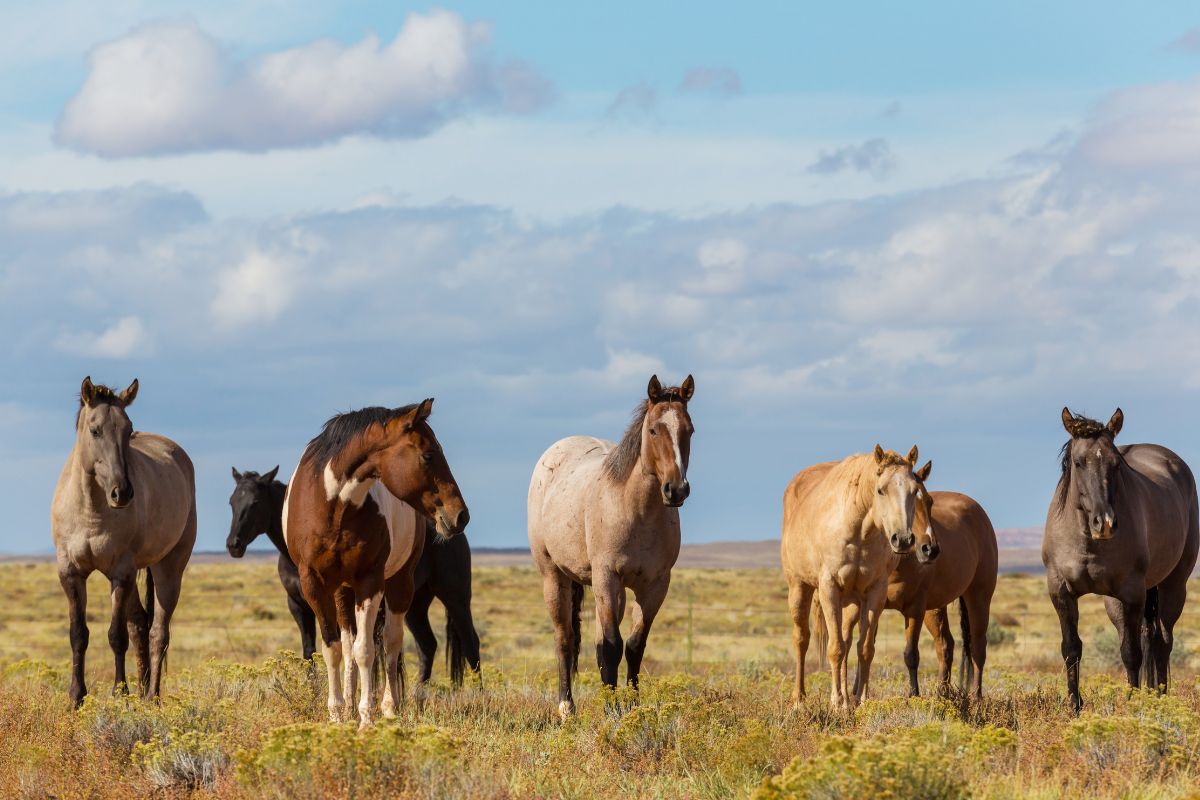Friends of Animals has submitted comments to the National Park Service in opposition to its management plan for wild horses roaming Theodore Roosevelt National Park. The Park is currently home to approximately 200 wild horses, and the plan proposes alternatives ranging from eliminating all the wild horses in the park to restricting the herd to an unsustainable population of 35-60 animals.
There will be another opportunity to comment after the NPS drafts an Environmental Assessment, and FoA will consider a legal challenge if the agency decides to remove all the horses.
“Wild horses are native and are part of the ecosystem that TRNP was established to protect in 1947. The NPS’ plan to wipe out wild horses is unacceptable,” said Jennifer Best, director of Friends of Animals Wildlife Law Program. “These wild horses have intrinsic value and are part of the landscape that inspired Roosevelt and continues to inspire visitors today.”
Wild horses and other equids can use their hooves to dig more than six feet deep to reach groundwater for themselves. This activity creates oases that serve as a boon to wildlife, states FoA’s comment, which can be read here.
Equid wells can also function as nurseries for riparian pioneer trees. And wild horses have the potential to reduce the impacts of climate change on biodiversity and ecosystem function. In addition, wild horses select preferred grasses, sedges and herbs, creating a mosaic of high and low vegetation that creats more diverse habitat for other plants and animals.
“Wild horses also help spread plant seeds over large areas where they roam,” Best explained. “Not to mention, wild horses help to prevent catastrophic fires and build more moisture-retaining soils. Wild horses refill a significant empty niche within the North American ecosystem.”
Earlier this week, North Dakota Gov. Doug Burgum joined the groundswell of people urging NPS to maintain the herd, noting its significance to tourism, the local economy and the history of the park.
Burgum was joined by tourism officials, state legislators and other stakeholders during a press conference Jan. 30 at the Capitol to discuss the NPS’s preferred plan.
“For decades upon decades, these horses have coexisted peacefully with the national park and, in the process, have become a hugely popular attraction and an indelible symbol of the untamed character of the Badlands,” Burgum said.
He added the horses “are a major tourist attraction treasured by hundreds of thousands of visitors and social media followers from near and far. Removing these horses from the park, or reducing the herd size to a level that fails to support genetic diversity and longevity, would strike a blow not only to park visitation but also to the economic vitality of Medora, nearby communities including Dickinson, and our entire state.”

